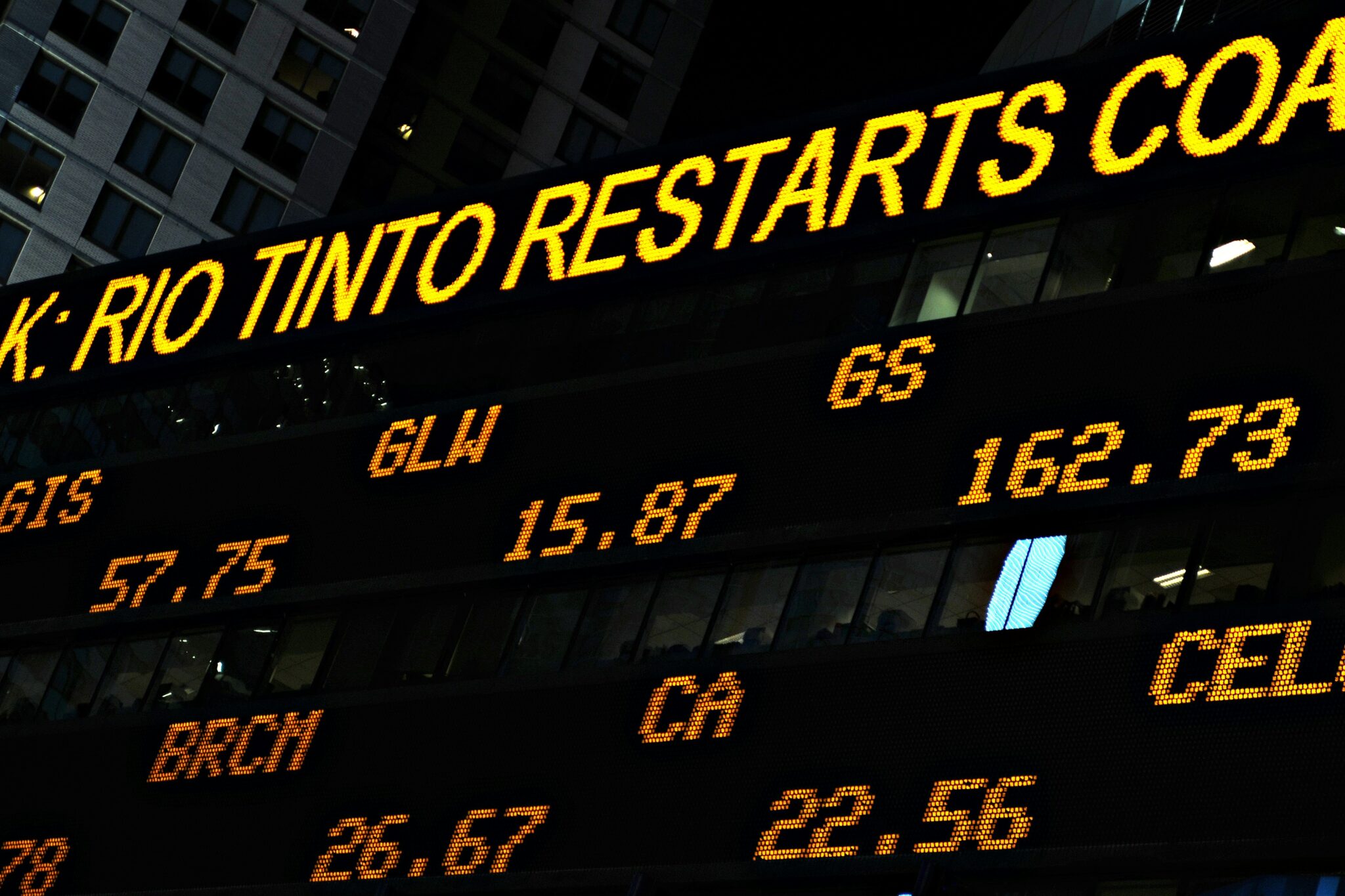In part one of this series we introduced you to the huge role that the Canadian financial sector plays in exacerbating the climate crisis. Climate change could have some very significant negative impacts on the Canadian economy, and therefore your money. In this blog, we’ll discuss how climate change poses a risk to finance.
What are the financial risks associated with climate change?
Financial assets often rely on physical infrastructure. For instance, mortgages are connected to homes, while fossil fuel finance is tied to infrastructure like pipelines, oil wells, and the reserves still in the ground.
The global financial system operates under the assumption that fossil fuel assets will continue to be valuable for decades to come – it’s why so many pension funds, loans and investments are put into fossil fuels. They’re expected to generate a return over the coming decades.
But what these analysts ignore is that there is far more oil and gas on companies’ balance sheets that can ever be unearthed if we hope to limit climate change to a livable future. Effectively, much of the oil and gas reserves that are counted as assets are actually “unburnable carbon” that will have to stay in the ground. When companies, shareholders, and other financial actors eventually come to this realization, trillions of dollars of value will be erased overnight – This is called the carbon bubble.
The 2007-8 financial crisis was caused by a housing bubble worth an estimated $250-500 billion. The bursting of this bubble caused a staggering $5 trillion loss in global GDP – a loss ten times greater than the bubble’s initial worth. Up to $4 trillion of fossil fuel assets are at risk of being stranded, with $100bn at risk in Canada by 2036. The economic implications of this bubble bursting could be very big, and very bad.
In economics, a bubble is when the price of an asset vastly exceeds its value. When the bubble pops, these prices drastically drop, which can cause economic shockwaves, recession, GDP loss and job loss.
According to the 2023 Production Gap Report, the quantity of fossil fuels that companies are planning to produce is more than double the amount of oil, gas and coal that can be accommodated while keeping global temperature increase under 1.5 degrees. The report also indicates that under current government policies, fossil fuel production will rise in the coming years, contrary to the Paris Agreement. The financial sector in Canada is happy to continue financing this runaway train to climate chaos.
Decades ago, many of us were avid collectors of DVD and VHS players, building personal collections of our favourite movies. The video store Blockbuster was central to this movie market. With thousands of employees and stores across the world, Blockbuster – at one point in time – seemed like a solid investment.
However, the growing popularity of streaming sites such as Netflix caused a seismic shift in the entertainment industry. Blockbuster failed to adapt to this digital transition, leading to declining stock value and the closure of thousands of stores. Our once-valued DVD and VHS players largely became obsolete, along with all the infrastructure across the world which fuelled our movie watching habits.
In the same way that Blockbuster lost its value when the world transitioned from DVDs to streaming websites, fossil fuels will lose their value in the transition to clean, renewable energy. The global infrastructure in the DVD industry – from our personal DVD players to factories producing discs and video stores – became stranded. Fossil fuel assets – such as pipelines, oil rigs and the fossil fuel reserves still in the ground – will soon face the same fate, stop yielding financial returns and become stranded.
“A stranded asset is an asset (often a physical asset) that once held significant value but loses it due to evolving social or economic factors. In the ongoing energy transition, fossil fuel assets are at risk of losing their financial viability, just like the global DVD and VHS industries.”
As the world embarks on this energy transition, many fossil fuel companies and their funders in the financial sector are willfully ignoring the changing tides and investing in expanding operations. Around the world, some financial institutions acknowledge the huge risks from fossil fuel investments and are divesting, including New York City pension funds and La Banque Postale. However, Canada is falling behind.
What does climate change mean for your retirement savings?
When you contribute to your pension, you’re giving that money over to a fund that is putting some of your money into risky fossil fuel investments. In 2022, the Canada Pension Plan Investment Board (CPP) alone had $21.72 billion invested in fossil fuels. If and when fossil fuel assets become stranded and lose their value due to government regulation and changes in the energy sector, pension funds are going to be some of the hardest hit financial entities. That means that your hard earned retirement savings could lose value.
The pension plot thickens once you realise the large overlap between pension fund managers and the oil and gas sector. According to a CBC News article, eight of Canada’s leading pension providers have at least one high ranking member who is also a current company director in the oil and gas sector. For example, Miranda Hubbs is a current director of Canadian oil-giant Imperial Oil, as well as the Public Sector Pension Investment Board (PSP). How can fund managers protect against climate costs while also serving the fossil fuel industry?
What does climate change mean for housing?
Climate change could be putting one of the biggest investments in somebody’s life – their home – at risk. In 2023, Canadians saw a huge range of extreme weather events, from nation-wide wildfires to extreme flooding. As climate change worsens, these extreme weather events will become more common occurrences. These extreme weather events destroy homes and entire communities and in 2023 alone cost the Canadian insurance industry $3.1 billion.
Due to the increase in frequency of extreme weather events the cost of home insurance has continued to astronomically rise for both consumers and insurers.
Insurers are having to pay out more, and they pass increasing costs onto customers – the average Albertan home insurance rates rose by 140 per cent between 2011 and 2021, with inflation only 17 per cent during the same period. For homeowners, rising insurance costs represent a significant impact to the cost of living. Up to 10 per cent of Canadian homes are now at risk of being uninsurable due to being in flood-risk areas. Furthermore, in early 2024, Quebec-based financial institution Desjardins announced that they would no longer be providing mortgages in flood zones.
In order to be able to pay out customer’s insurance payouts, insurance companies invest and grow customer monthly premium payments. According to data provided by Investing in Climate Chaos (ICC) Canadian insurance giants Sun Life Financial and Manulife had over $33 billion and $18 billion respectively invested in fossil fuels in 2024. There is a huge risk of these investments losing money as we move away from fossil fuels. Insurance companies are gambling away our premiums, while also investing in the climate crisis.
Economic costs vs benefits of acting on climate change
Tackling climate change may seem like a costly burden to some, but in reality inaction carries an even heavier price tag. The current trajectory of Canada’s financial sector – investing in the climate crisis – will cost far more than investing in solutions.
Above and beyond the individual impacts on personal investments, retirement saving and housing costs, climate change will cost the global economy dearly. Some models estimate costs reaching over $2,000 trillion by 2100. Closer to home, climate change is set to cost Canada $5.5 trillion by the end of the century.
Like any investment, paying for climate solutions may seem expensive upfront, but the costs of limiting warming in Canada (around $12.8 billion per year) pales in comparison to the devastating costs of inaction. It’s a drop in the bucket compared to the economic tsunami we may face.
Climate change is already costing us – from lost lives, to forced evacuations and rising grocery prices, the bill is wracking up. Climate change could cost over $100 billion per year by the middle of the century – more than our entire K-12 education budget. Choosing to invest in climate solutions isn’t just the right thing for the planet, it’s the smart economic choice.
While other countries are quickly moving to advance climate related financial rules, Canada is at risk of being left behind. For example, many countries have already taken bold steps and set rules around greenwashing in the financial sector. Despite 78 per cent of Canadians wanting action on this, the federal government has failed to act.
Climate change presents real risks to the stability of both the Canadian economy, and your money. Meanwhile, funding the energy transition could avoid these catastrophic costs and help Canada meet its climate targets. These numbers may have felt overwhelming, but in the final blog in this introductory series, we will talk about the exact steps Canada can take to protect the financial sector and get climate change under control. It’s all about new rules for the financial sector.
Missed Part One of our series? See here.









